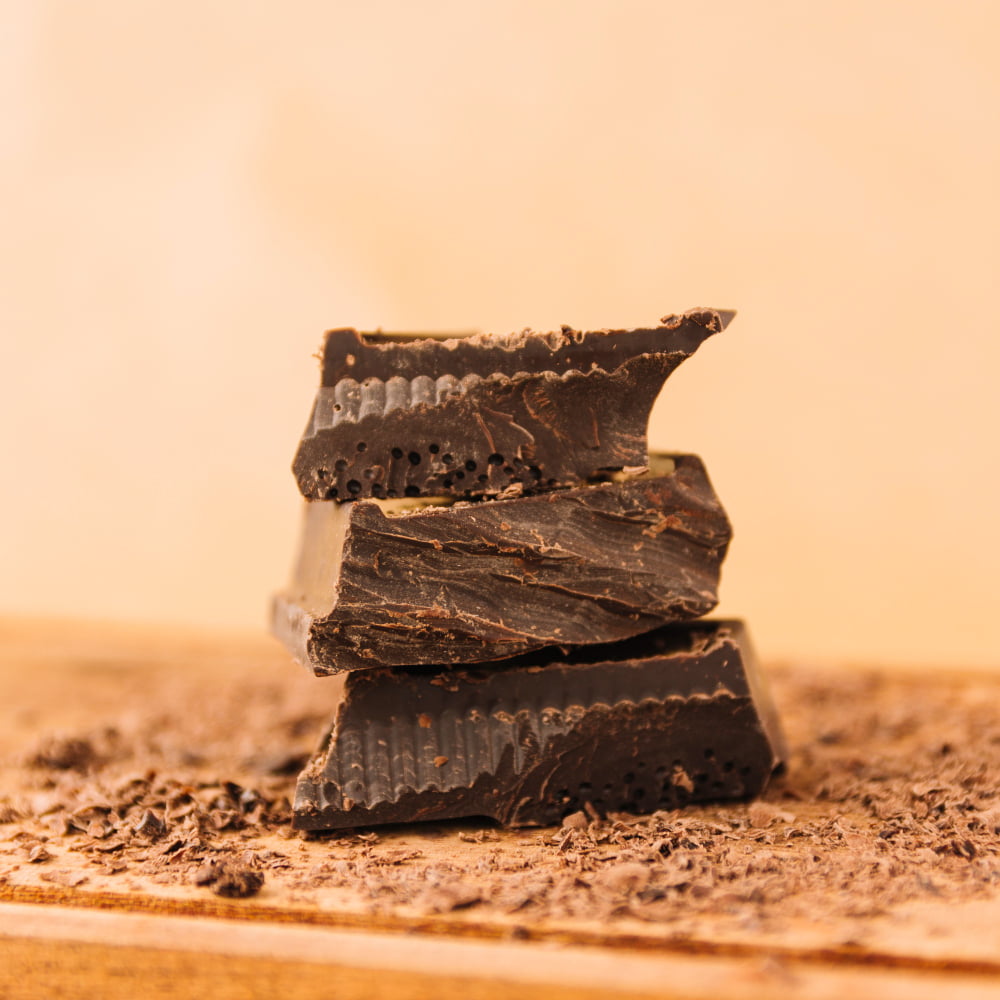Hershey chocolate is primarily made in Hershey, Pennsylvania, where the company was founded.
Key takeaways:
- Hershey chocolate is primarily made in Hershey, Pennsylvania.
- Hershey has factories in Virginia, Mexico, and Canada.
- Hershey is committed to sustainable cocoa sourcing and going green.
- Milton Hershey established the Milton Hershey School and Hershey Foundation for philanthropy.
- Hershey has faced criticisms regarding labor practices, environmental impact, and health concerns.
Inside
History

Milton S. Hershey founded the Hershey Chocolate Company in 1894. Initially, Hershey focused on creating sweet chocolate coatings for caramels. By 1900, he released the very first Hershey’s Milk Chocolate Bar. Guess what? It was a hit.
In 1903, Hershey began constructing a massive factory in Derry Township, Pennsylvania. Why so remote? He wanted to ensure a fresh milk supply from local farms. Nice move, Milton.
By 1905, the factory was churning out chocolate. Derry Township eventually became Hershey, Pennsylvania, known today as “The Sweetest Place on Earth.” Sounds like a sugar rush destination, right?
Hershey also built a town around his factory, offering housing, schools, and even entertainment for workers. Talking about sweetening the deal!
Through world wars and changing times, the Hershey brand continued to grow, even inventing the famous Hershey’s Kisses in 1907. Small, delicious, and affectionate—perfectly named.
Manufacturing Plants
Ah, the factories where the magic happens! Hershey’s primary processing hub sits in Hershey, Pennsylvania. It’s like the chocolate holy land, complete with its own aroma that could give Willy Wonka’s factory a run for its money.
Another significant plant is in Stuarts Draft, Virginia. This factory isn’t just chewing the fat; it’s one of the largest in North America.
Hershey also has international factories. Yes, they’ve gone global! There’s a plant in Mexico that churns out deliciousness for those south of the border.
But wait, there’s more: St. Hyacinthe in Quebec, Canada. It adds a touch of maple leaf magic to the mix.
Technology plays a major role. Imagine high-tech machines, almost like chocolate wizards, handling cocoa beans, refining chocolate liquor, and creating those mouthwatering bars and bites. Quality control? Like a hall monitor for chocolate; it’s taken very seriously.
With automation and innovation, these plants ensure Hershey products maintain their iconic taste. The processes are streamlined, like a well-choreographed dance routine, but with more delicious outcomes.
Corporate Responsibility and Sustainability
When it comes to cocoa sourcing, Hershey doesn’t just wing it. They’ve committed to 100% certified and sustainable cocoa by 2025. No capes involved, but pretty heroic, right?
They’ve also put their beans where their mouth is, investing millions in training farmers. Better farming practices = better chocolate for all. Also, nobody wants to eat chocolate with a side of guilt.
Hershey is also all about going green. They’ve targeted zero waste to landfill at their factories. “Trash talk” takes on a whole new meaning when you’re recycling everything.
Renewable energy is on their checklist too. They’re not just chasing rainbows but investing in wind and solar power to keep the lights (and the machines) running.
Lastly, they’re cutting down on packaging. Less plastic means more happiness for the planet. And to think, we just wanted to enjoy some chocolate!
Philanthropy
Milton Hershey, the chocolate tycoon with a heart as big as his chocolate bars, had a sweet spot for giving back. He established the Milton Hershey School in 1909 to provide education and housing for orphans. This school still operates today, offering a safe haven and top-notch education to kids in need.
The company also runs the Hershey Foundation, which funds educational and cultural programs. Scholarships, community initiatives, and arts programs benefit from their generous donations.
And it doesn’t end there. Hershey’s Project Peanut Butter fights malnutrition with nutrient-packed peanut spreads. Sweet, right?
Criticism
Despite its sweet reputation, Hershey has faced some bitter criticisms. Labor practices have come under fire, with reports about poor conditions in cocoa farms from where they source their beans. Child labor allegations have occasionally melted their public image like a chocolate bar left out in the sun.
Environmental concerns? Oh, they’ve had a few. Critics point out that large-scale manufacturing can create significant waste and environmental impact, including deforestation.
Health advocates have a bone to pick too. They often critique the high sugar content in Hershey products, linking it to various health issues. Too much of a good thing, right?
Let’s not forget the occasional quality control hiccups. You might find a rogue almond where it’s not supposed to be, or an oddly proportioned bar. Those moments are real-life plot twists in a chocolate lover’s tale.
Related
- Craving Chocolate: Understanding and Managing Sweet Desires
- Where to Watch Charlie and the Chocolate Factory: Stream, Rent or Buy Online
- Ruby Cacao: Benefits, Recipes, and Buying Guide
- Dove Chocolate: Origins, Varieties, and Pairing Tips
- Best Chocolate in the World: Unveiling Top Choices for Connoisseurs